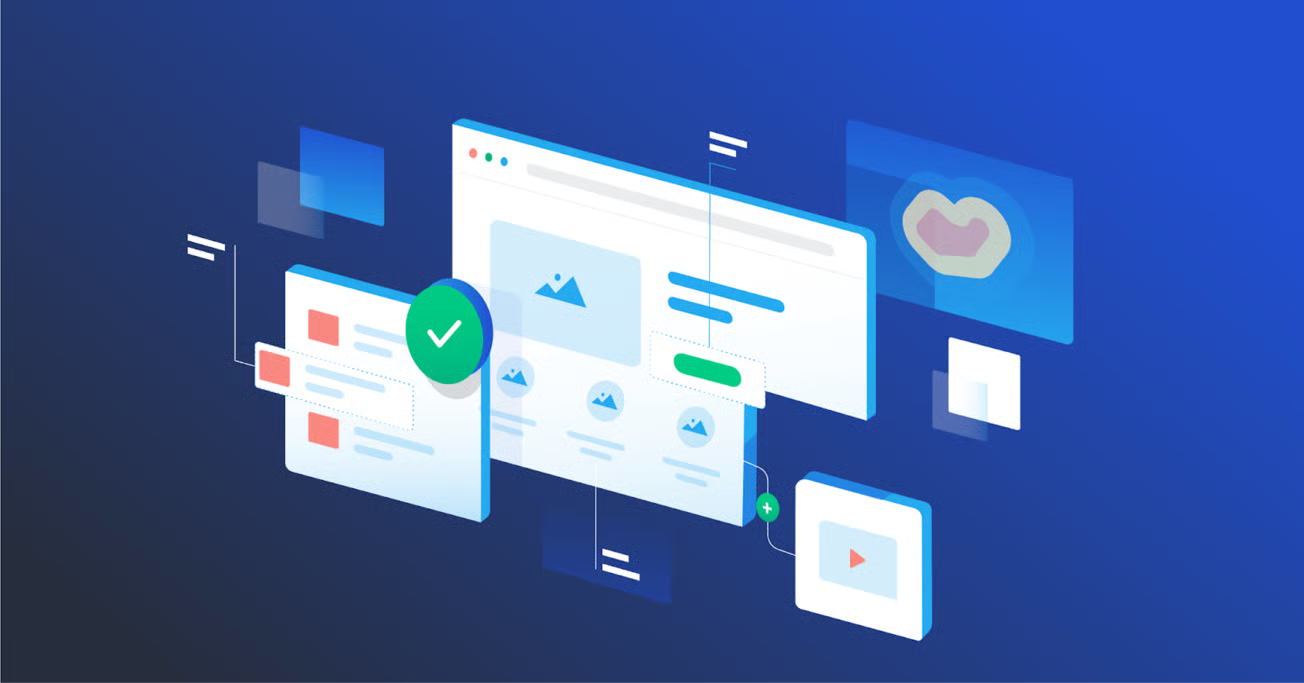- Published on
High Converting Landing Pages: Best Practices for 2024

- Beka Makharoblishvili
- Founder & CEO of Daasp

A high-converting landing page does more than look good. It drives a clear action.
Every landing page should have one main goal: to convert visitors into leads or customers.
When pages include too much information or not enough motivation, people lose interest and leave.
By following simple best practices, you can design landing pages that communicate your value clearly and motivate users to take action.
5 Types of High Converting Landing Pages
Choosing the right type of landing page is key to success. Here are five page types that work for different goals and user intents.
1. Lead Generation Pages
Lead generation pages collect contact details like emails or phone numbers.
They often offer something valuable in exchange, such as an ebook, podcast, or free guide.
Best Practice:
Keep the form short and show the benefit clearly.
Offer useful, high-quality content to build trust.
Learn more about gated content and how it can boost engagement.
2. Click-through Pages
Click-through pages use visuals and short text to explain the product and encourage users to take the next step, like making a purchase or creating an account.
Best Practice:
Use strong images and clear CTAs like “Try Now” or “See Demo”.
Focus on showing what makes your product valuable.
3. Pitch Pages
Pitch pages are shorter and more direct versions of click-through pages.
They quickly explain the value and push users toward action, such as starting a trial or downloading an app.
Best Practice:
Use a bold, visible CTA and remove all distractions so users can focus on converting.
4. Squeeze Pages
Squeeze pages ask for minimal info, usually just an email address, making them great for growing your mailing list.
Best Practice:
Give users a reason to sign up, such as exclusive tips or early access.
Keep fields short and simple.
To better understand user behavior, learn about mental models.
5. Sales Pages
Sales pages aim to convince users to buy now. They include more details like product features, benefits, and social proof.
If a visitor is not ready to buy, offer a lighter CTA such as “Try Free” next to “Buy Now.”
Best Practice:
Use persuasive copy focused on benefits, not just features.
Include multiple CTAs and use progressive disclosure to reveal more details gradually without overwhelming users.
Landing Page Best Practices to Boost Conversions
Each page type is useful for different goals, but these best practices help improve performance across all of them.
1. Focus on Value
Every line should show the value of your offer.
Use short, benefit-driven sentences that speak directly to the user’s needs.
2. Keep Navigation Simple
Avoid links or menu items that pull users away from your goal.
Keep the page focused on conversion.
3. Use Compelling Visuals and CTAs
High-quality visuals and strong CTAs guide users toward action.
Use phrases like “Get Started” or “Unlock Access” to motivate clicks.
4. Optimize for Speed and Mobile
A slow or unresponsive page kills conversions.
Make sure your page loads fast and looks great on mobile devices, since most traffic comes from phones.
5. Test and Improve
A/B test different CTAs, headlines, or button colors.
Even small changes can improve conversion rates over time.
Conclusion
A high-converting landing page is more than just a pretty design.
It understands what your visitors want and makes it easy for them to take action.
By picking the right landing page type and following these proven best practices, you can boost conversions and reach your marketing goals.
Need expert help with your next landing page?
DAASP offers subscription-based design and development services that help you create high-converting pages built for growth.
Get in touch with our team to learn more.